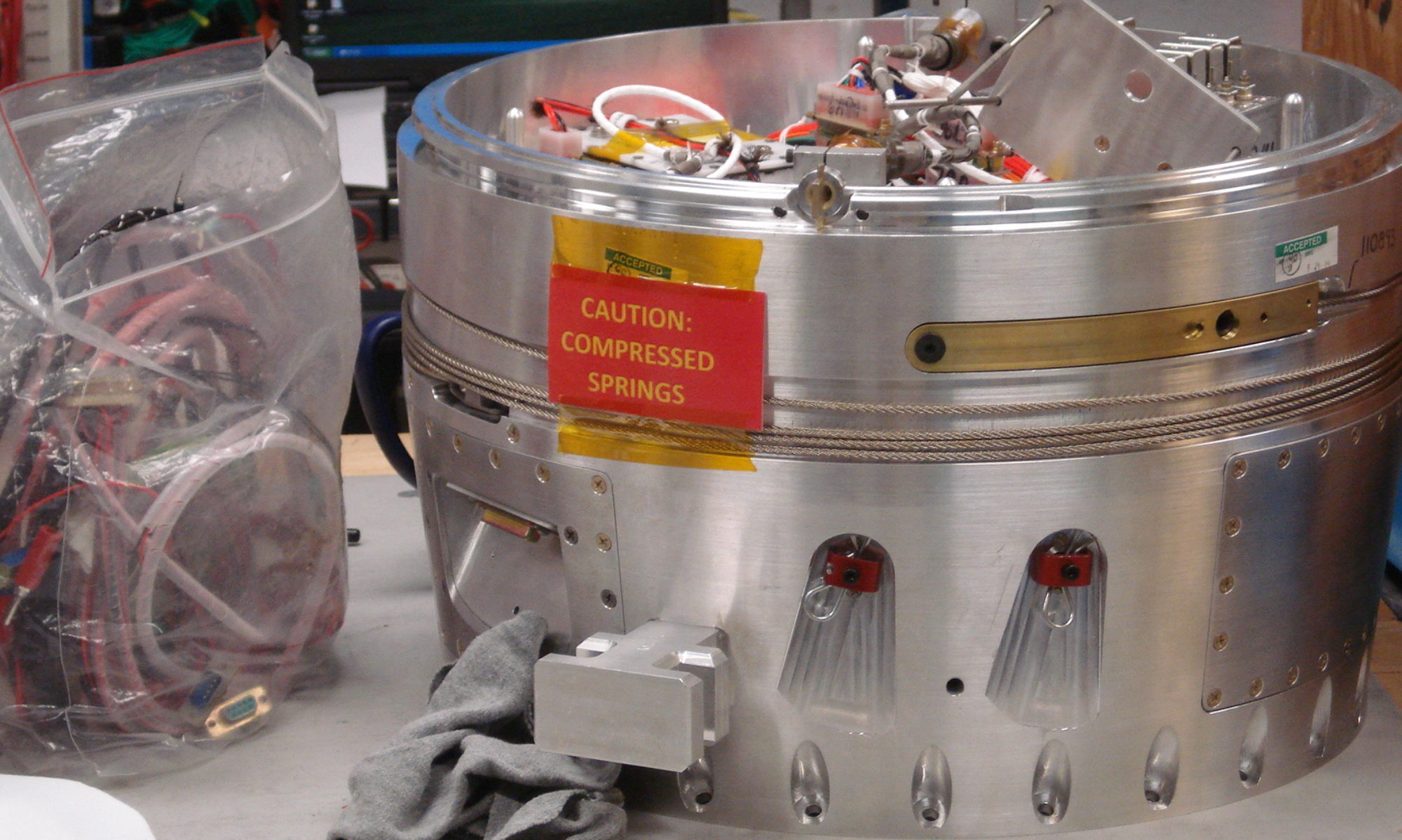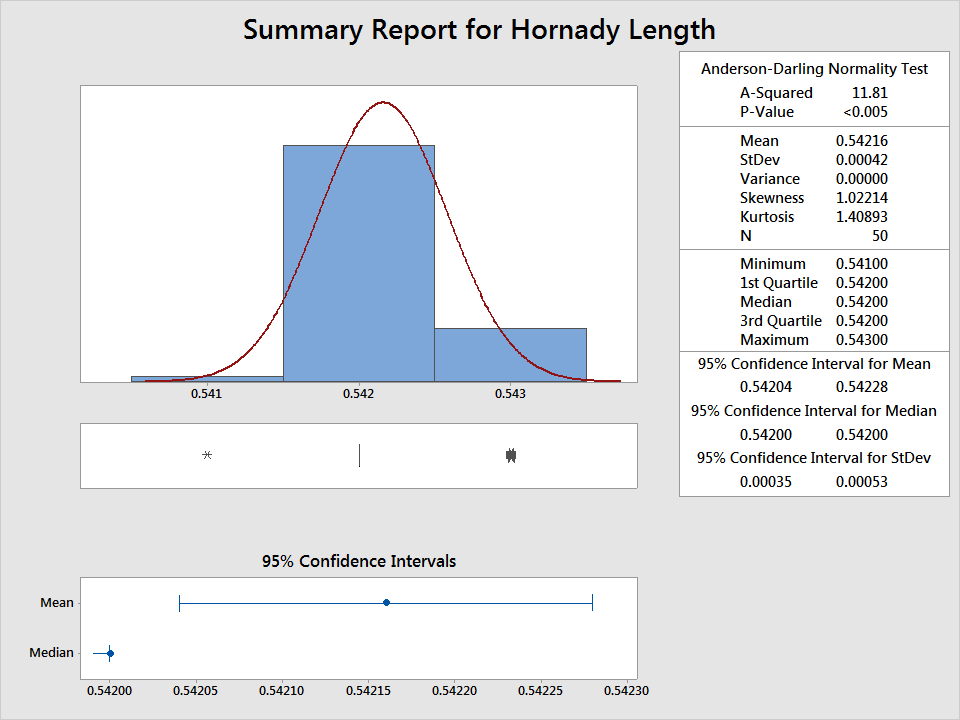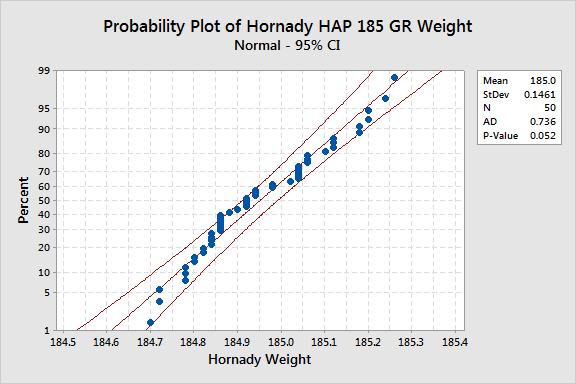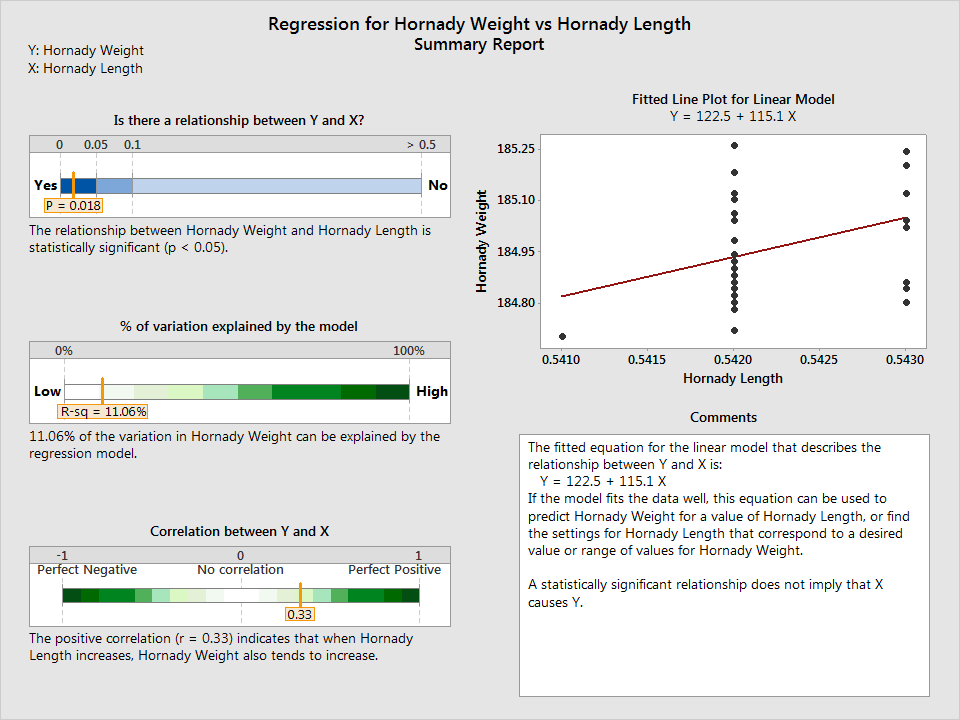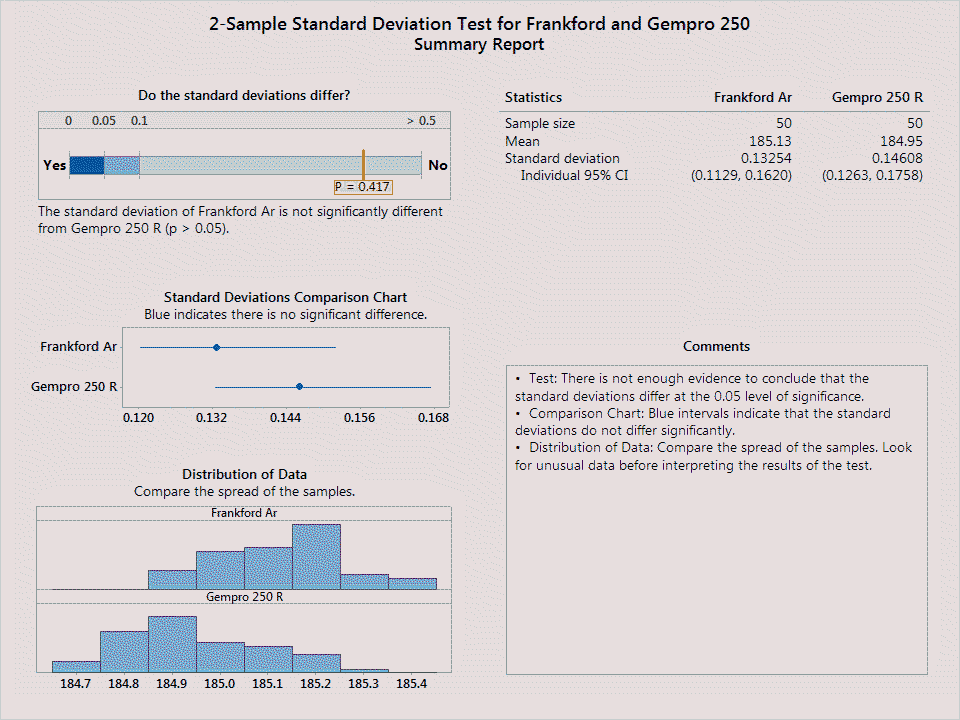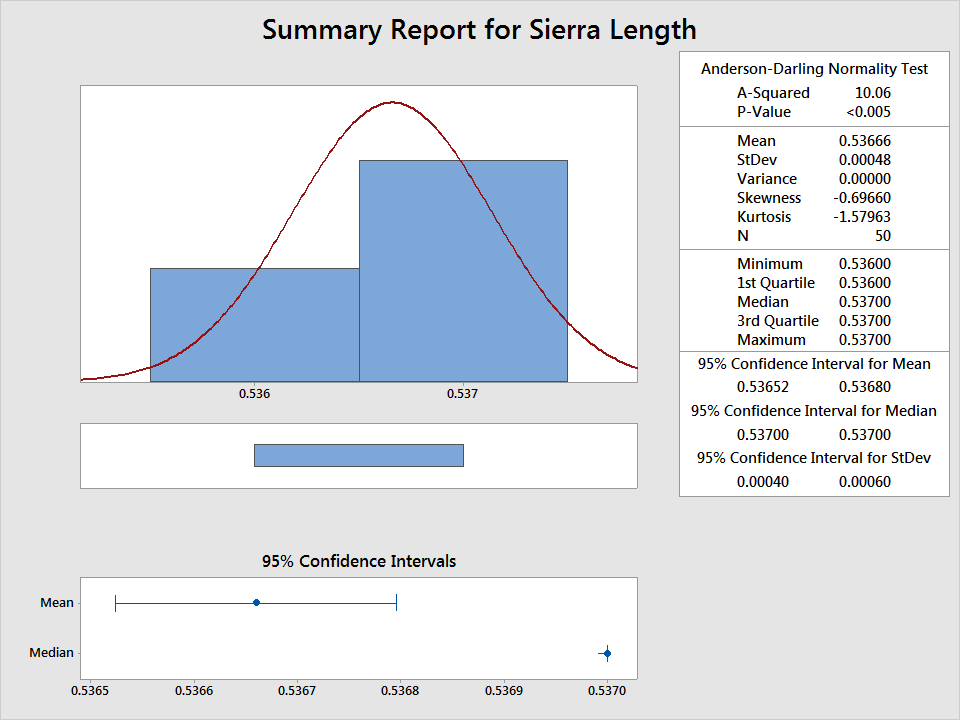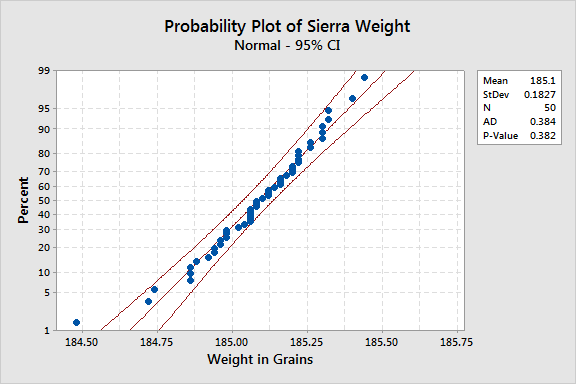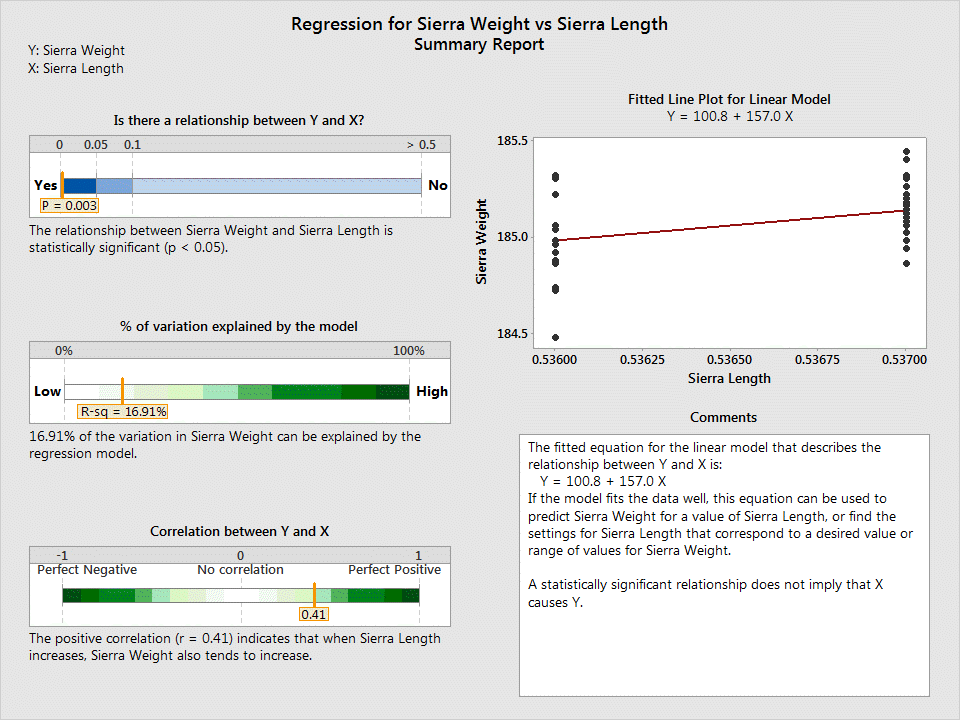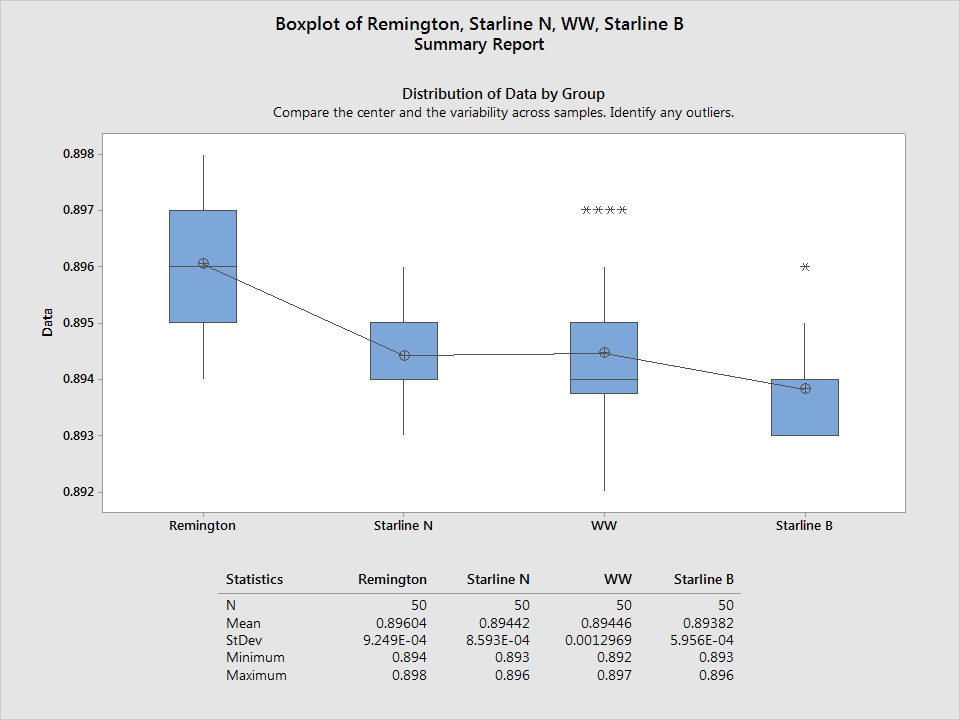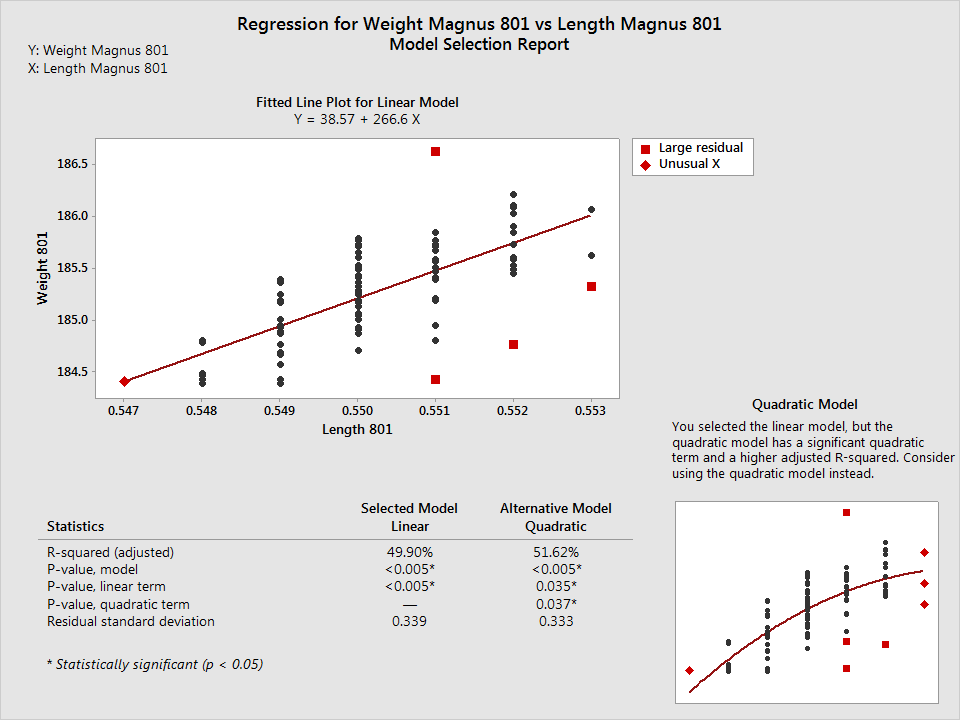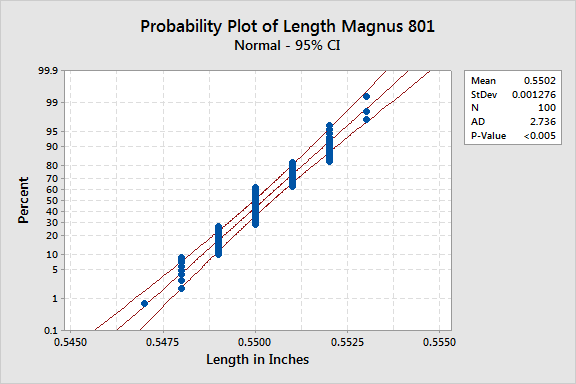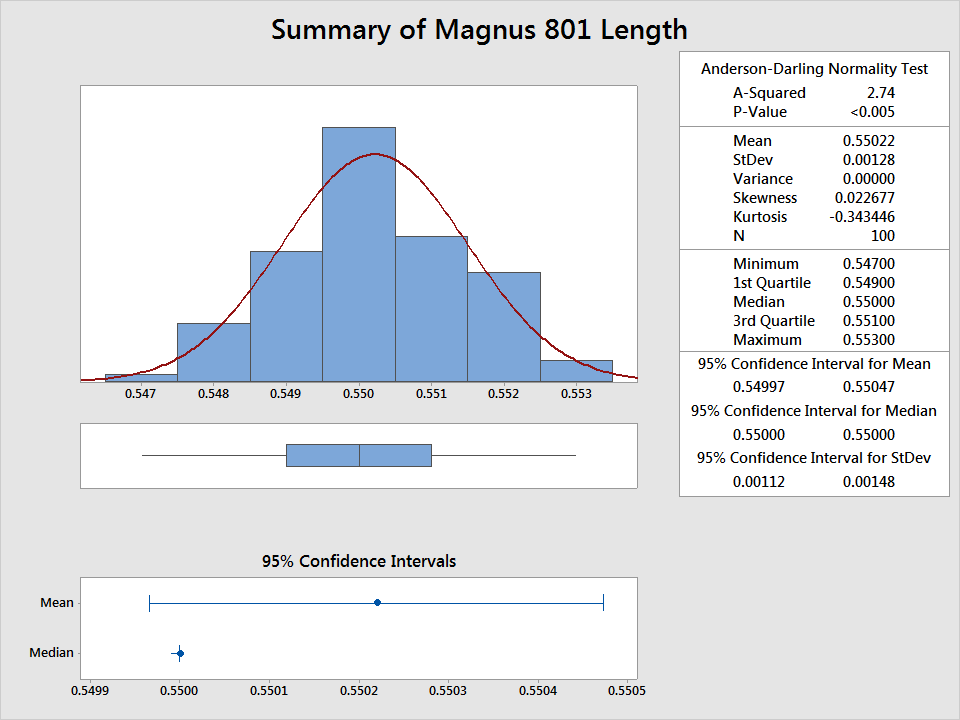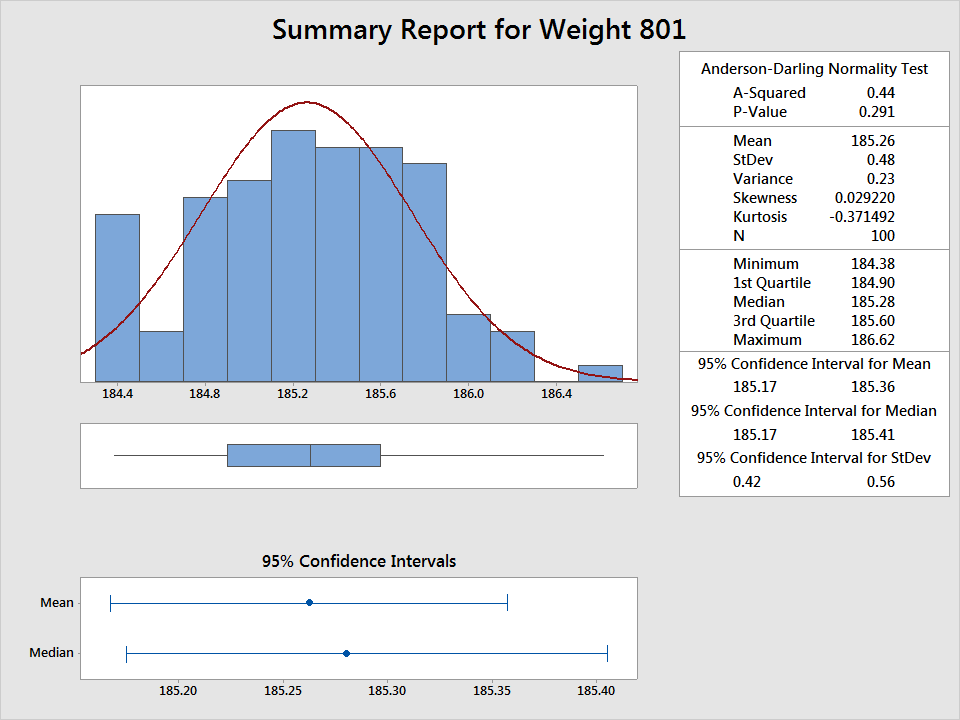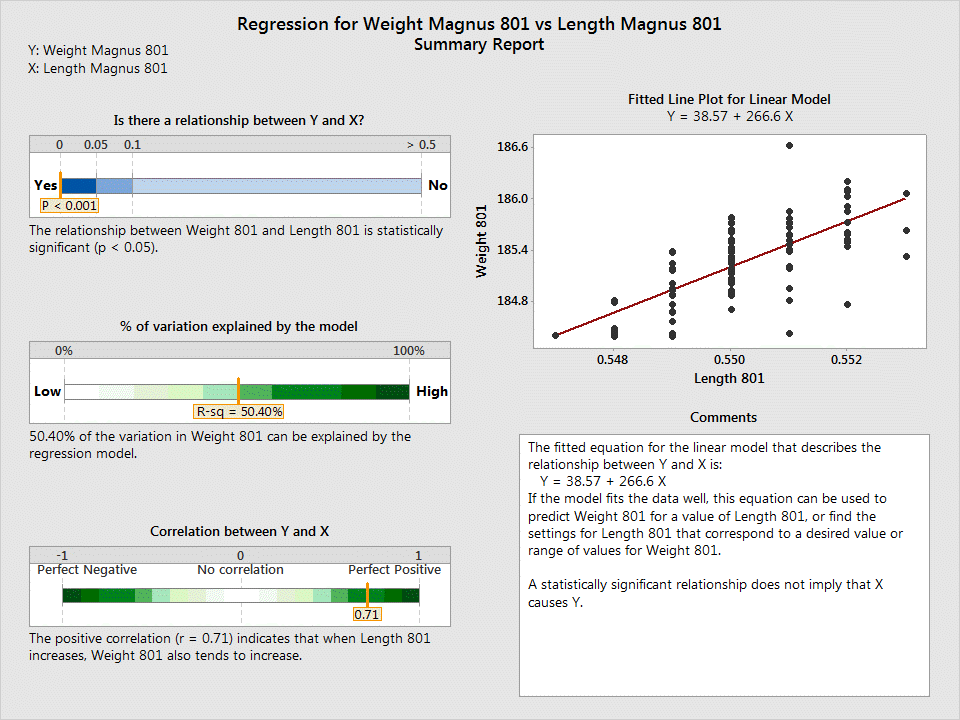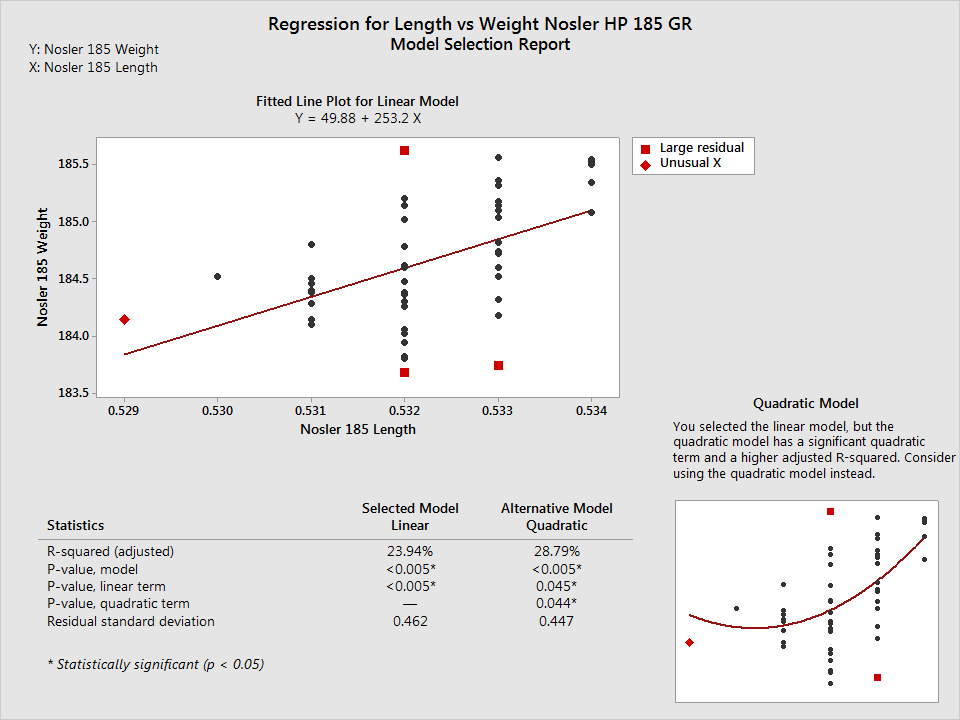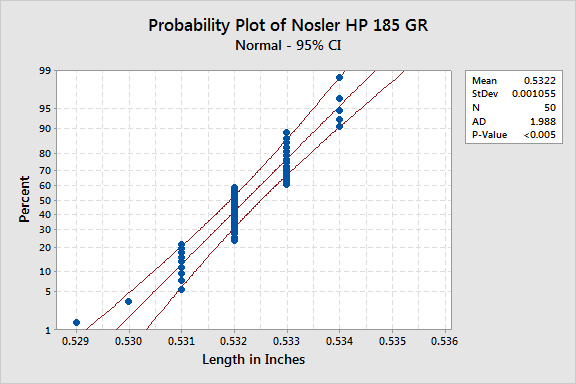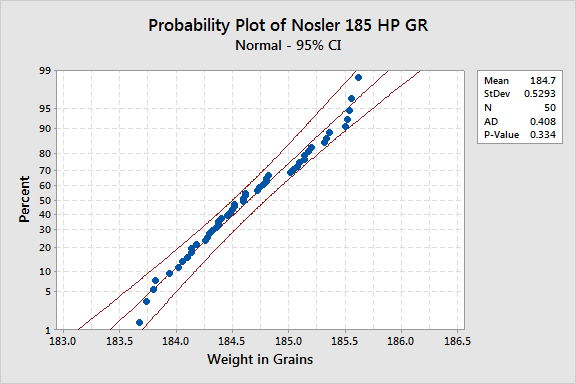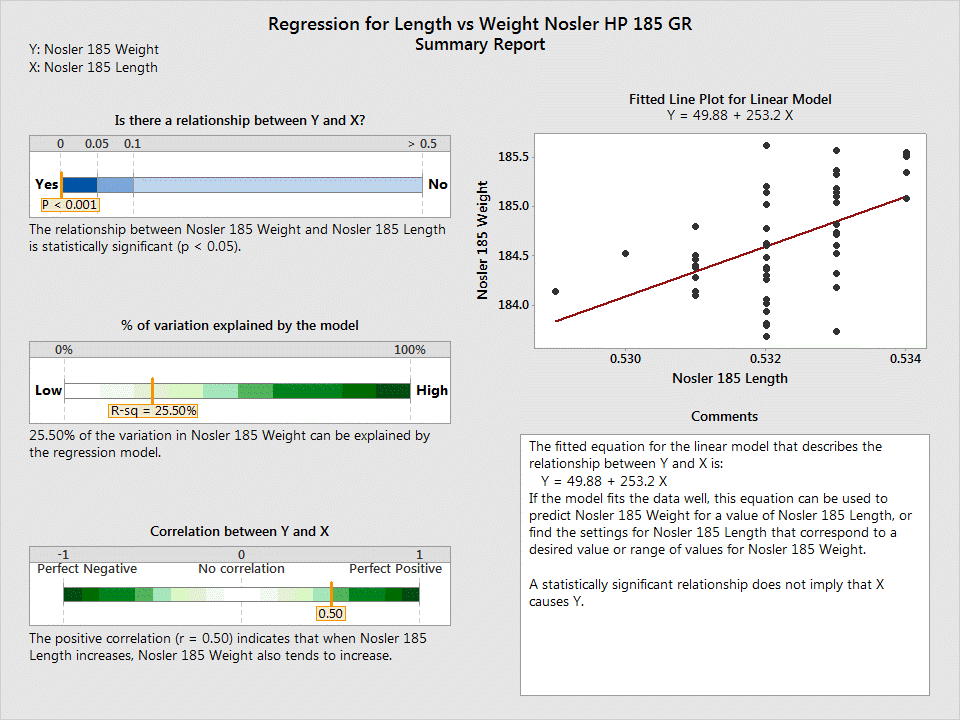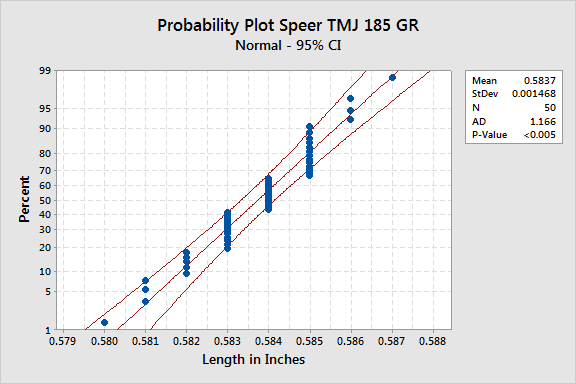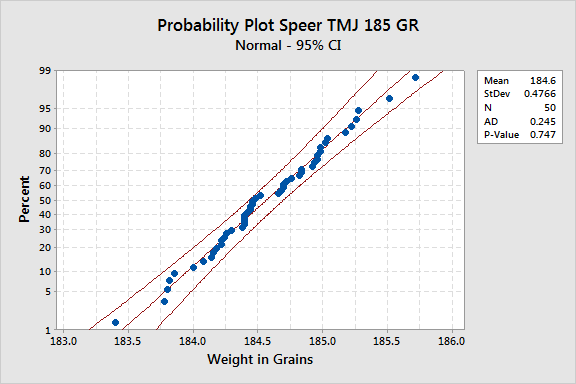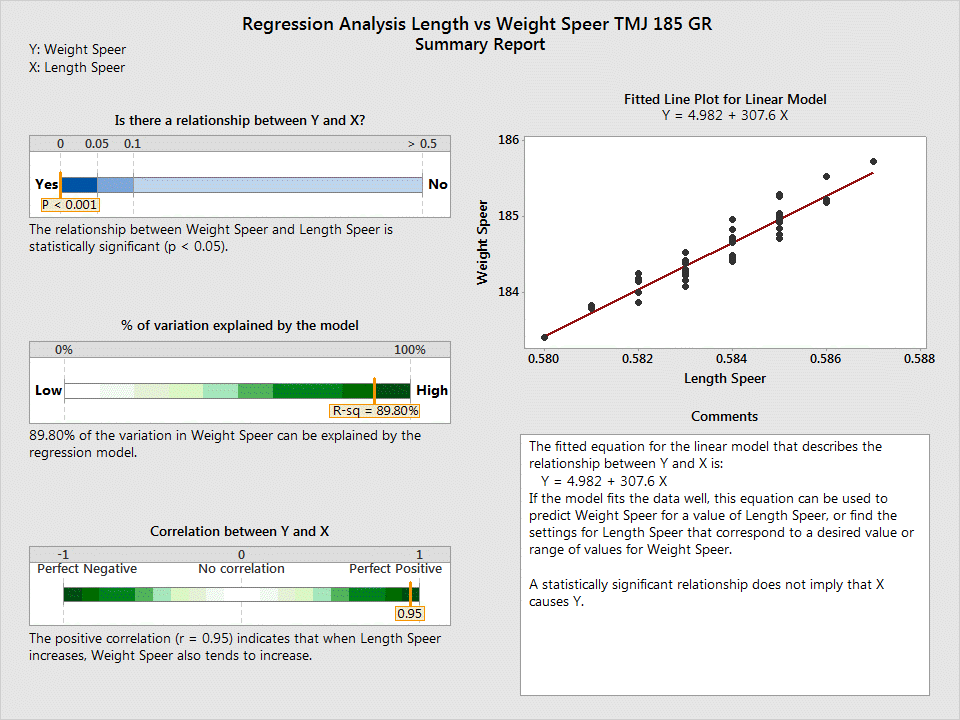I wonder about ammunition quality a lot. I even get somewhat meta about it when asking myself, “what does it mean to say ammunition is high quality?” Perhaps like Justice Potter Stewart, who reportedly said something to the effect of, “he knew pornography when he saw it,” the same idea can be expressed about quality ammunition, “I know it when I shoot it.” Of course, I’m not skilled enough to take advantage of the mechanical edge that the highest quality ammunition can provide, though I do hope to some day be able to. That would be mastery of a skill that relatively few in the world possess.
There is another reason for my curiosity. What I’d really like to know is “how does Federal consistently make high quality 45 ACP Gold Medal Match (45 GMM) ammunition that works well in most every gun?” I have a hard time believing they are doing something that the average handloader can’t either duplicate or perhaps improve upon. One way to potentially back into the answer is to use similar components, though I presume Federal knows a great deal more about running “a good lot” through the high speed machines than even the quickest of Dillon 1050s. Even so, with the proper components, I’m sure there are quality checks along the way that just aren’t feasible for the home handloader, but Federal can do as a matter of practice.
And so, in the quest to measure and compare presently made components, I picked up some repackaged Hornady Action Pistol 185 grain 45 ACP bullets from Midway USA. The reason people interested in handgun precision and accuracy tend to prefer to use hollow point constructed bullets is because the format of construction lends itself well to those qualities. They are easier to construct in a consistent fashion, which in turn leads to some degree of predictability of precision.
The Hornady name is no stranger to the shooting community. Like any reputable company, they consistently produce great products the shooting public wants while also delivering good value. The company got its start by purchasing surplus munitions equipment from the US Government after WWII, and the company has since expanded from bullet making alone to reloading tools, completed cartridges, and bringing new cartridges to market.
Measurements taken were weight, length and diameter (in that order).
Diameter:
The Hornady samples all measured .451″ in diameter.
Length:
Using digital calipers, I found very little variation- the most frequent length was .542″, with one .541″ and a few .543″. Chances are if you reach into a box of these, you’ll pull a .542″ out- very close tolerances here.
Weight:
The probability plot indicates that the sample weights reported fell within normal process bounds, though there is a little clustering due to the consistency of the bullets:
What is even more revealing than “keeping all the blue dots between the red lines,” is the distribution of weight itself. The lightest bullet measured was 184.7 grains, and the heaviest was 185.27 grains. The difference between these two points is .57 grains- this means that, even if you doubled the difference, you’d only be a little over a grain difference between bullets in the same box. Incredibly impressive that they can keep tolerances to just a hair over half a grain difference between lightest and heaviest.
Put in practical terms- assuming two bullets were pulled from the same box and were constructed equally, loaded the same, and then shot from a test fixture of your choice, there would be negligible difference in point of impact, all things being equal.
Relationship Between Weight vs Length:
A regression analysis indicates that there is a relationship between weight and length, but they are not particularly strongly related with one another, as Pearson’s coefficient is low- 11.06%. This is most likely due to the tight distribution of lengths to model the corresponding weights.
Conclusion:
In general, these bullets appear to be well made and arrived in excellent shape. On average, these bullets are exactly 185 grains- which, if you have been following these notes of mine, makes my heart warm with joy. These bullets have had the lowest standard deviation in weight of any bullets measured thus far, and this consistency will not be a detriment. These bullets appear to be constrained in terms of their length, as they have been the most tightly spaced of any measured thus far. Like the Nosler and Sierra bullets previously measured, this tightly controlled length may help keep bullet seating repeatable and crimping consistent. This in turn may explain why these bullets could be excellent performers for 50 yard bullseye shooting. We’ll find out over the course of 2018!
Measurement Tools:
Mitutoyo Digital Micrometer/GemPro 250 Digital Scale
